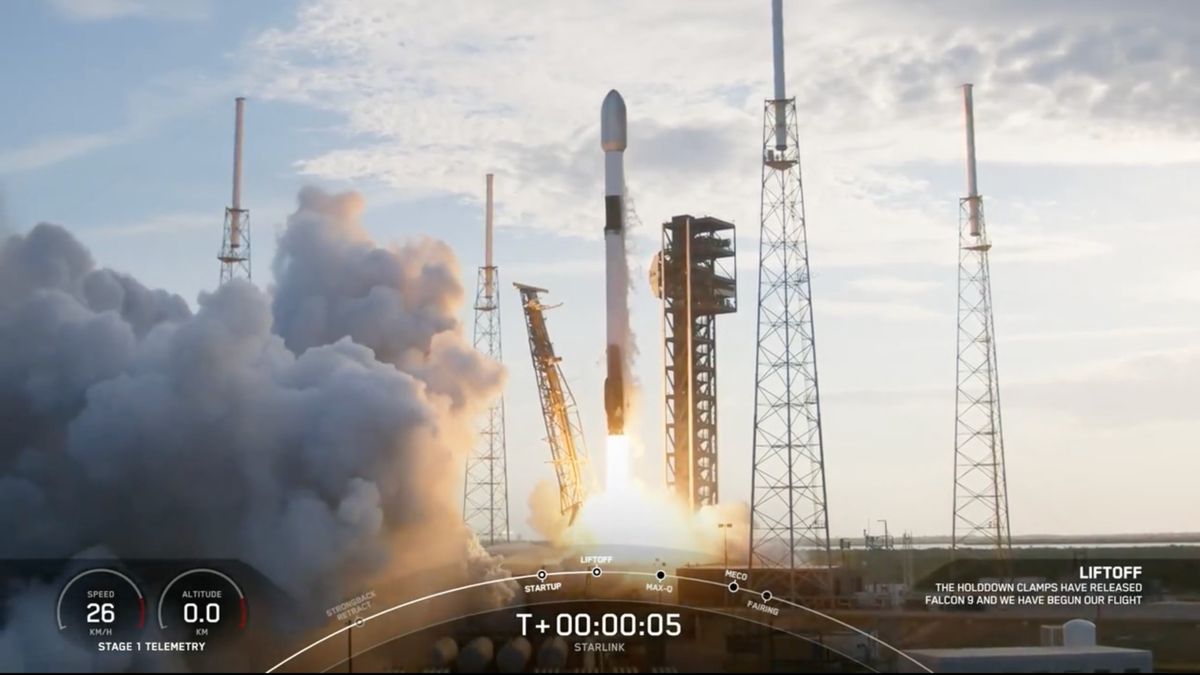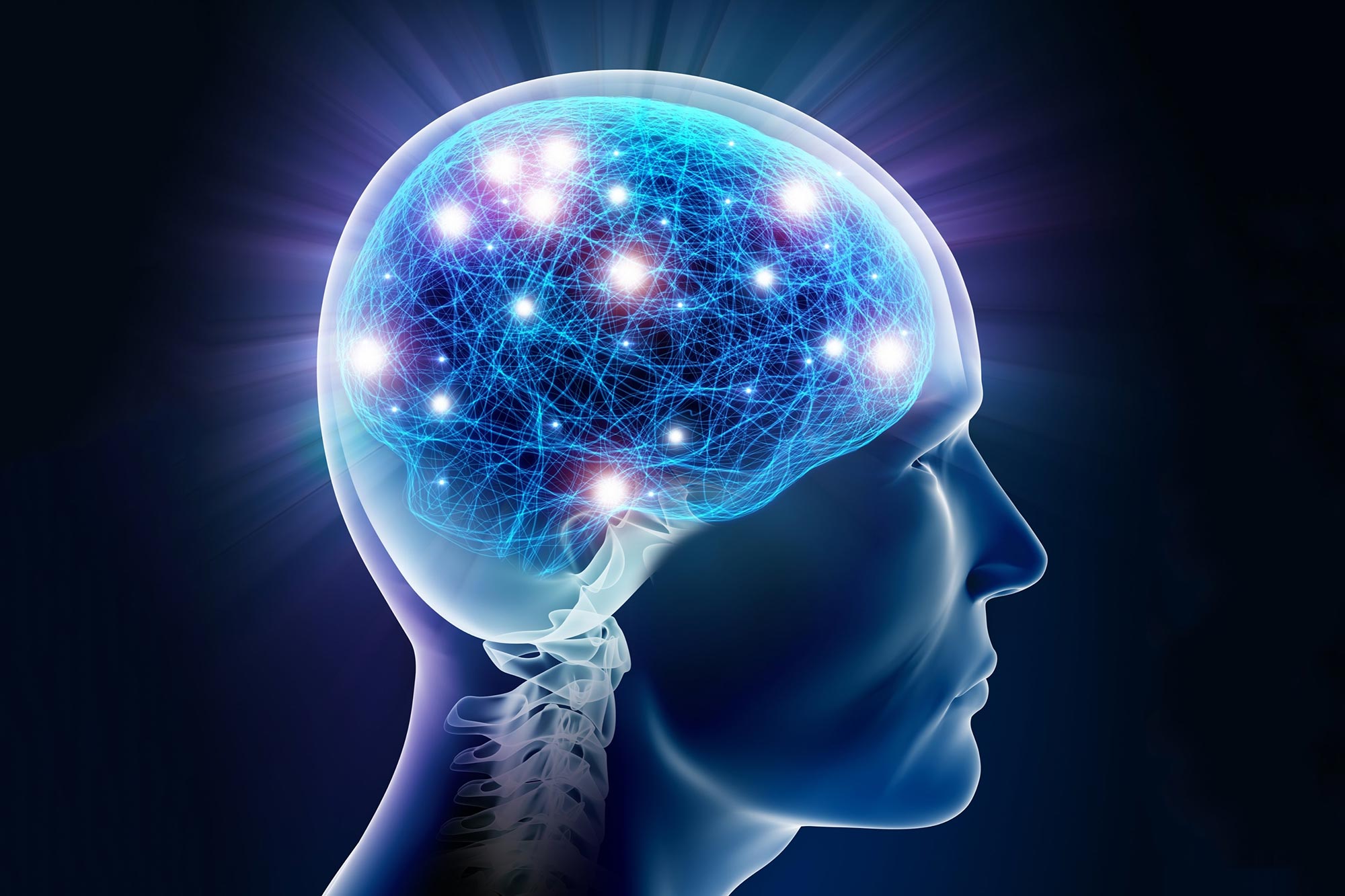Investigaciones recientes han encontrado que la proteína del receptor de insulina (INSR) es fundamental para la longevidad y el crecimiento de las células madre cerebrales.
Según un estudio de la Universidad de Rutgers, la proteína receptora celular también estimula el crecimiento de las células madre del cáncer cerebral
Las células madre son la materia prima del cuerpo: las células que producen todas las demás células con funciones especializadas. En las condiciones adecuadas, las células madre del cuerpo se dividen para producir nuevas células conocidas como células hijas.
Los seres humanos tienen células madre neurales en sus cerebros. Estas células madre en el cerebro pueden convertirse en neuronas, astrocitos u oligodendrocitos. Dado que las células madre neurales dan lugar a todo tipo de células cerebrales, hay muchas células madre en el cerebro fetal. De hecho, la mayoría de las células cerebrales nacen en la etapa fetal. Estas células persisten hasta la edad adulta y se pueden encontrar en ciertas áreas del cerebro. Las células madre neurales son necesarias para que su cerebro funcione correctamente.
Según una investigación de Universidad Rutgersun receptor identificado por primera vez como esencial para la acción de la insulina y que también se encuentra en las células madre neurales ubicadas en lo profundo del cerebro de los ratones y es fundamental para la longevidad de las células madre cerebrales, un hallazgo que tiene implicaciones importantes para la salud del cerebro y los futuros tratamientos para los trastornos cerebrales .
Investigación publicada en la revista Informes de células madre Se centra en una proteína específica conocida como receptor de insulina (INSR), que circula en las células madre neurales en la región subventricular del cerebro. Las células madre neurales dan lugar a todo el sistema nervioso durante el desarrollo y persisten hasta la edad adulta. A lo largo de la vida de una persona, estas células madre neurales generan nuevas neuronas y células no neuronales que ayudan a la infraestructura y el funcionamiento del cerebro.
usos alternativos
Por otra parte, mientras estudiaban los tumores cerebrales, los investigadores descubrieron que el INSR desempeña un papel importante en la supervivencia y el mantenimiento de un grupo de células cancerosas cerebrales especializadas conocidas como células madre de glioblastoma (GBM). Pudieron limitar el crecimiento de esas células primitivas formadoras de tumores al interrumpir el INSR en las células madre GBM.
Dijo el autor del estudio, Stephen Levison, MD, profesor de neurología en el Departamento de Farmacología, Fisiología y Neurociencia y director del Laboratorio de Neurobiología Regenerativa de la Facultad de Medicina de Rutgers, Nueva Jersey. «Comprender las señales que regulan estas células primitivas podría conducir algún día a nuevos tratamientos para los trastornos cerebrales».
Varios trastornos neurodegenerativos, como la esclerosis múltiple, la enfermedad de Parkinson y[{» attribute=»»>Alzheimer’s disease, are connected with the destruction of brain cells, said co-author Teresa Wood, a Distinguished Professor and Rena Warshow Endowed Chair in Multiple Sclerosis in the Department of Pharmacology, Physiology, and Neuroscience at Rutgers New Jersey Medical School.
“If we could influence how brain stem cells function then we can use this knowledge to replace diseased or dead brain cells with living ones, which would advance the treatment of neurological diseases and brain injuries,” said Wood, who also teaches and conducts research at the Cancer Institute of New Jersey.
Cell receptors such as INSR are protein molecules that reside on the surfaces of cells. Substances, either natural or human-made, that open the “lock” of a receptor can spur a cell to divide, differentiate or die. By identifying which receptors perform these functions on specific cell types, and by understanding their structures and functions, scientists can design substances that act as keys to receptors, to turn them “on” or “off.”
Key to maintaining neural stem cells
Previous studies by this research team had shown that a certain “key,” the signaling protein that is known as the insulin-like growth factor-II (IGF-II), was necessary to maintain the neural stem cells in the two places of the adult brain that harbor these primitive cells. In the current experiment, scientists were looking to identify the receptor. To do so, they used genetic tools that allowed them to both delete the INSR and introduce a fluorescent protein so they could track the neural stem cells and the cells they generate. They found that the numbers of neural stem cells in the subventricular zone in the brains of mice lacking the INSR collapsed.
Adult neurogenesis – the idea that new cells are produced in the adult brain – has been a burgeoning field of scientific inquiry since the late 1990s, when researchers confirmed what had only been a theory in lab studies of human, primate, and bird brains. Neural stem cells in the adult are stem cells that can self-renew and produce new neurons and the supporting cells of the brain, oligodendrocytes, and astrocytes.
“Given the widespread interest in stem cells as well as interest in whether alterations to adult stem cells might contribute to cancer, our research findings should be of interest,” Levison said.
Other Rutgers authors included Shravanthi Chidambaram, Fernando J. Velloso, Deborah E. Rothbard, Kaivalya Deshpande, and Yvelande Cajuste of the Department of Pharmacology, Physiology, and Neuroscience at Rutgers New Jersey Medical School. Other participating investigators were at the University of Minnesota, the Albert Einstein College of Medicine, and Brown University.
Reference: “Subventricular zone adult mouse neural stem cells require insulin receptor for self-renewal” by Shravanthi Chidambaram, Fernando J. Velloso, Deborah E. Rothbard, Kaivalya Deshpande, Yvelande Cajuste, Kristin M. Snyder, Eduardo Fajardo, Andras Fiser, Nikos Tapinos, Steven W. Levison and Teresa L. Wood, 5 May 2022, Stem Cell Reports.
DOI: 10.1016/j.stemcr.2022.04.007

«Propenso a ataques de apatía. Explorador de aspirantes. Analista ávido. Fanático de Internet. Comunicador»





/cdn.vox-cdn.com/uploads/chorus_asset/file/21869417/akrales_200904_4160_0216.0.jpg)

More Stories
SpaceX lanzará satélites Starlink en la misión número 40 de la compañía en 2024
Biofirmas de la fotosíntesis preoxígeno en TRAPPIST-1e
Genética asociada con rasgos reproductivos y leiomioma uterino.